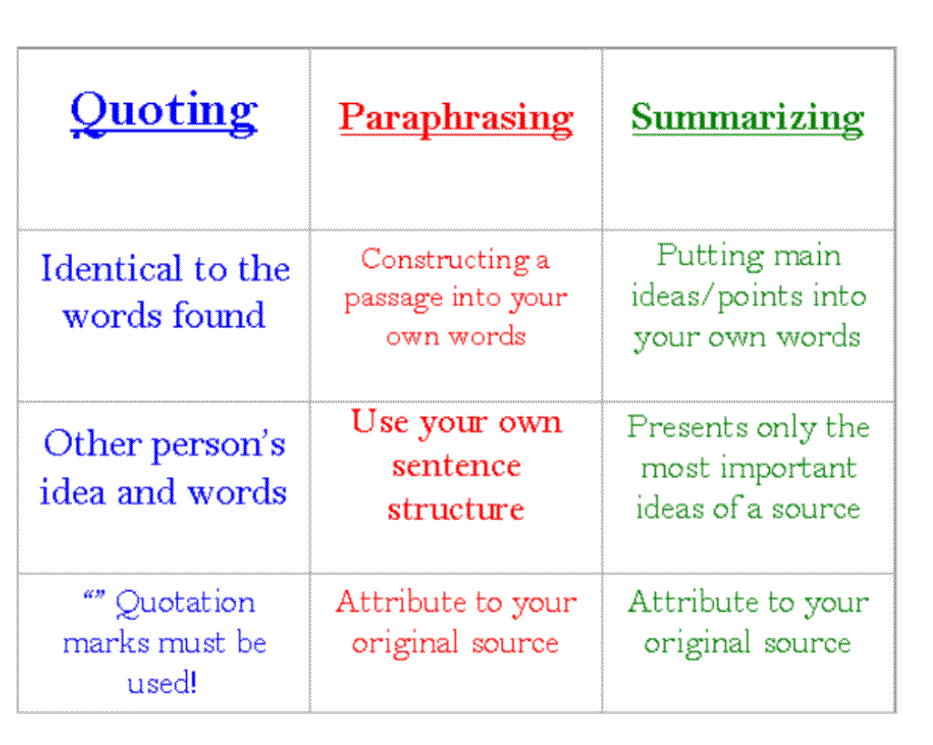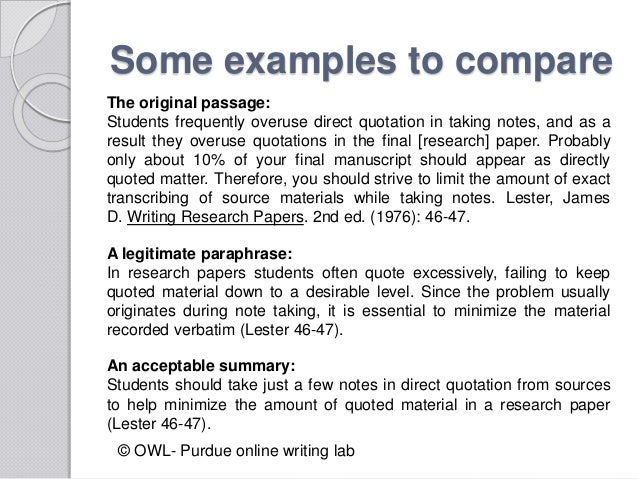When to quote, paraphrase or summarise?
What is the difference between a quotation, a paraphrase and a summary?
Why quote, paraphrase or summarise?
The quotes are in yellow, paraphrase in pink and summary in green.
Analyse the response of a religious tradition, Catholicism to the contemporary ethical issue of global warming.
Body paragraph 2
Secondly, Pope Francis in his encyclical letter “Laudato Si” which states what a Catholic response should be. “Humanity is called to recognise the need for changes of lifestyle, production and consumption, in order to combat this warming or at least the human causes which produce or aggravate it.” What he really means is that us people should wake up and see what we are doing to our own planet and that we should do something about what we use and buy. In an article by Climate Home News on the 10 August 2015 , Pope Francis stated “We know that technology based on the use of highly polluting fossil fuels – especially coal, but also oil and, to a lesser degree, gas – needs to be progressively replaced without delay.” In the same website on 9 June 2018, Pope Francis urged oil “chiefs to keep it in the ground and to make a faster shift to clean energy”. I understand from his statement that oil is one of the main things that causes a huge impact on our environment and the people who benefit from cheap oil most are the richest people with cars and consume a lot, not the poor and vulnerable people, so this needs to be stopped.
A quote is used when you need expert opinions to back up your opinion/ claim/ argument. It is also used when you are referring to authoritative text like the bible, encyclical, dictionaries or encyclopaedias.
Notice that whenever you use a quote, you have to say how the quote relates to the topic sentence (or the main idea of the paragraph). You can use these expressions:
I understand from this __________.
This shows ___________.
In other words ___________.
This connects to my claim in this way __________.
Analyse the response of a religious tradition, Catholicism to the contemporary ethical issue of Genetic Modified Food.
Conclusion
In conclusion, the Catholic response can be seen from the Pope’s views, the Bishop’s writings and the bible. Human beings use technology to make their lives better, they do not realize they are against God’s will because they are trying to be God. I agree because human beings already have enough resources to grow food naturally and we need to try to follow God’s will while we are looking for new technology that helps improve human life. We also need to consider whether the technology benefits many people or just a limited number of people or groups. Furthermore, we do not know whether or not technology damages human beings or the earth in the long term. Therefore, while we are enjoying the good side of this technology we still need to be careful of the negative aspects of this technology because of the following reasons : the perspective of human beings is limited and the good comes with the bad, and the technology is artificial after all and we are not God who can see the future. If human beings can find the balance between technology and nature then we can avoid any damage to the environment or the earth caused by artificial technology. In the words of Pope Francis in a speech in the Philippines on January 18, 2015. “As stewards of God’s creation, we are called to make the earth a beautiful garden for the human family. When we destroy our forests, ravage our soil and pollute our seas, we betray that noble calling.”
In the concluding paragraph start off with a one sentence summary of the topic sentences in your essay. There are three possible ways to write a conclusion, here the writer makes generalised comments and states his views on key issues already raised in his essay. T



Comments
Post a Comment